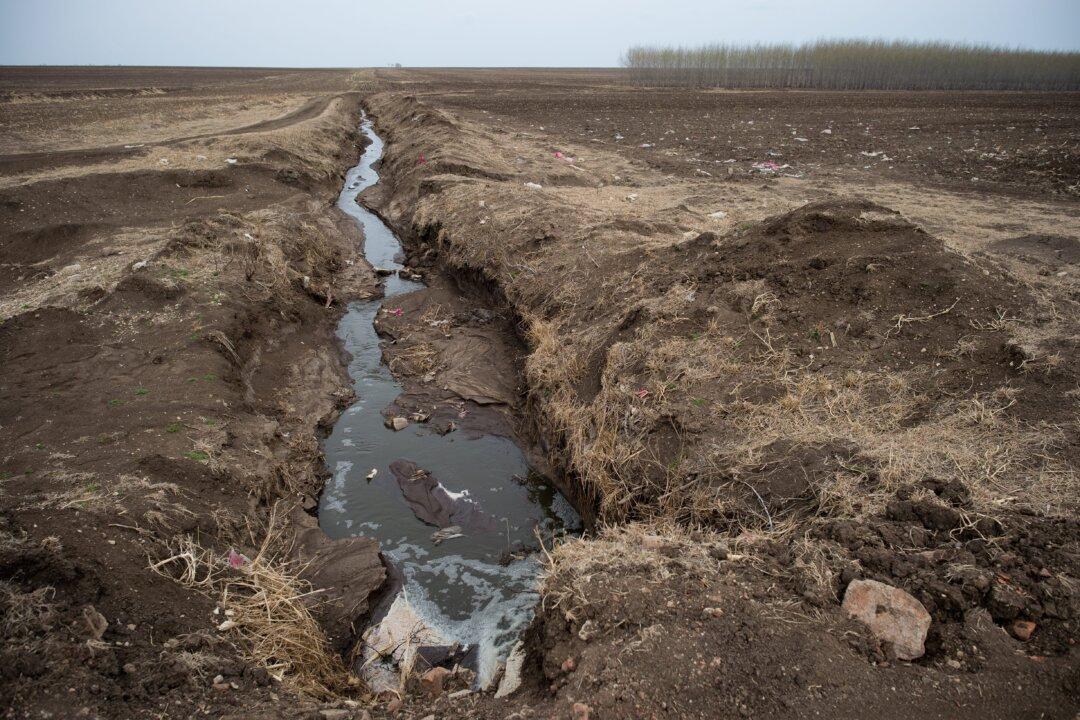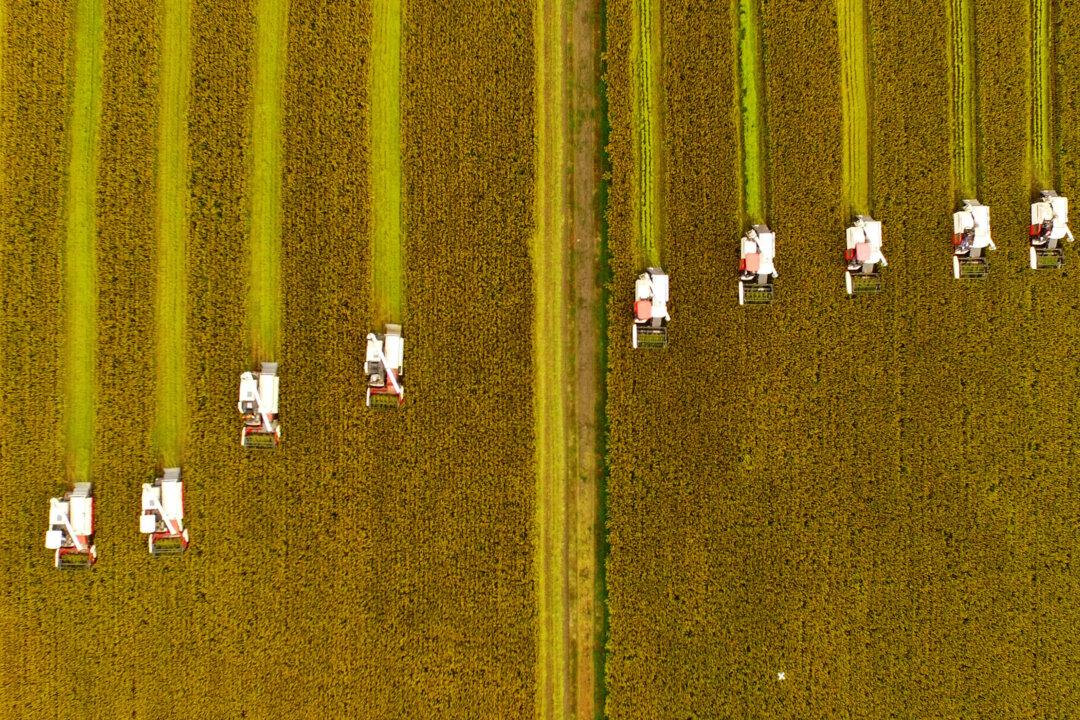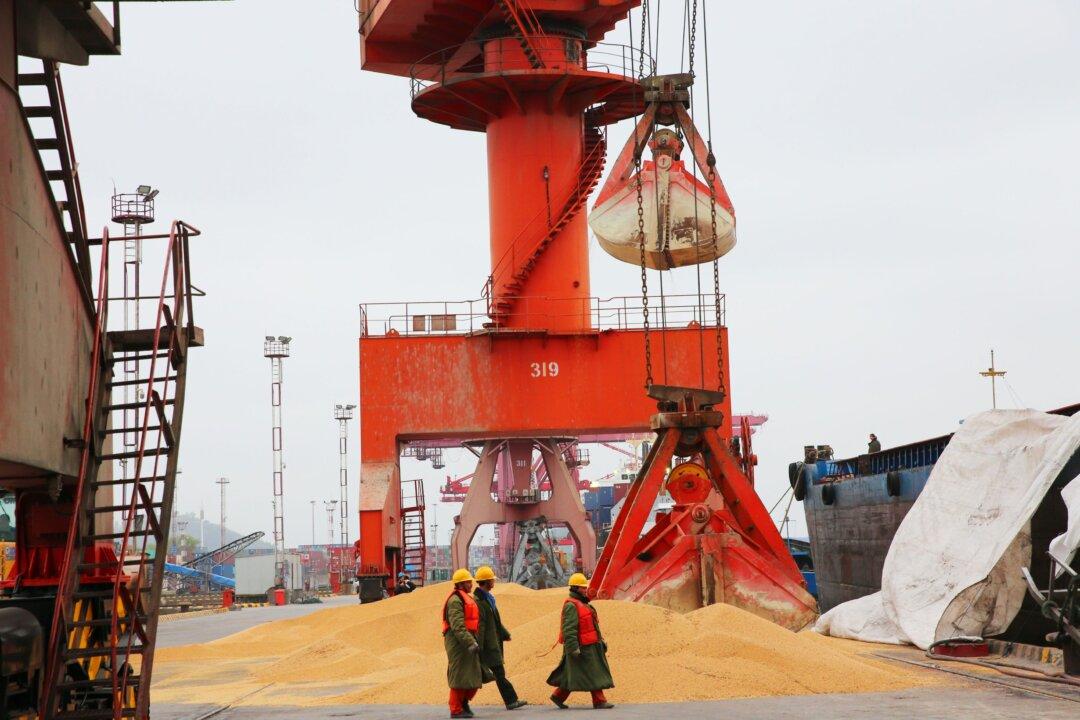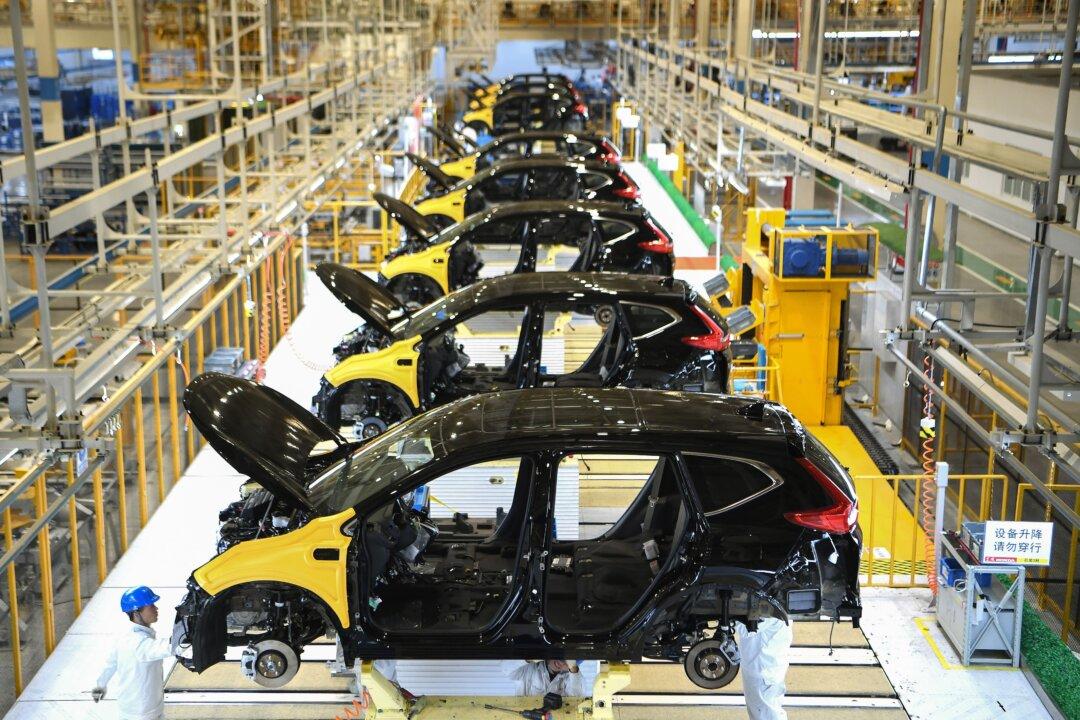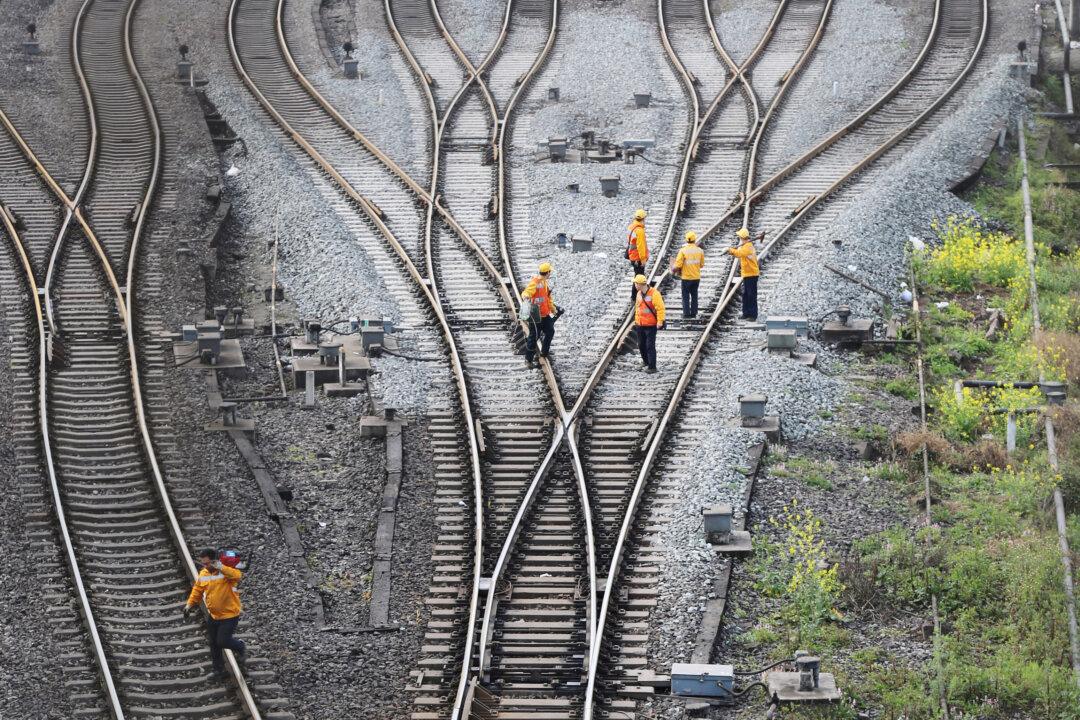China faces a food production crisis due to its agricultural policies that encouraged the over-pumping of groundwater and the degradation of soil in the pursuit of maximizing production.
From the completion of Chinese Communist Party leader Mao Zedong’s “Great Leap Forward” campaign of collectivizing China’s farms, in 1962, to China’s First Nationwide Soil Pollution Survey in 2014, the country’s per capita renewable freshwater resources fell by 52 percent, from 4,225 cubic feet to 2,062 cubic feet, according to a new report by Enodo Economics.
